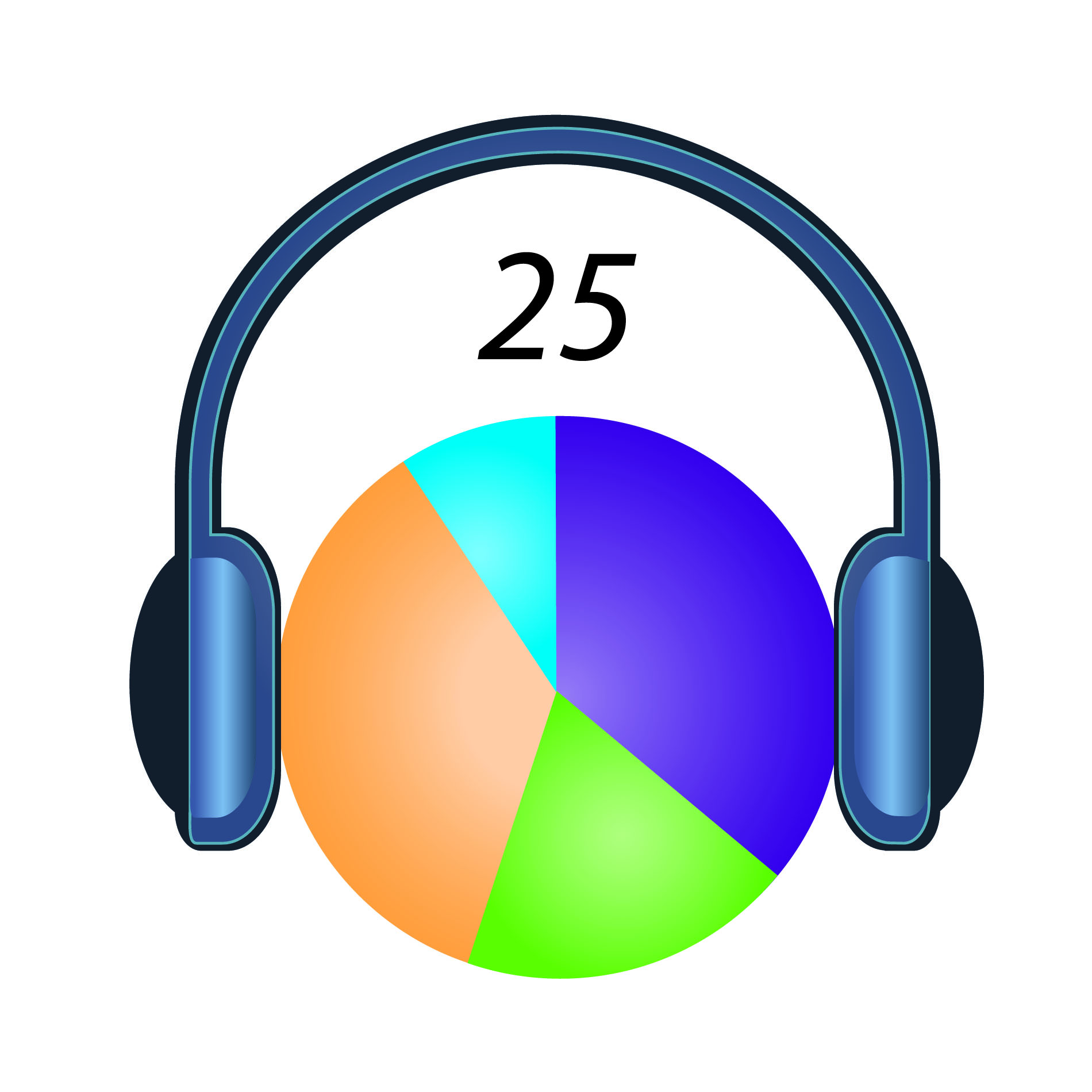It doesn’t seem to matter who publishes it, whether a big accounting or consulting firm, or a leading IT company. And it doesn’t much matter if it’s a white paper, a blog, an assessment tool, a LinkedIn post, or a tweet. Most thought leadership — which collectively costs billions of dollars to develop and distribute — seems crafted not to engage and not to offend. It’s just another checked box on the annual marketing plan.
Here’s a typical example (fill in the blanks as you wish):
In 2016, [choose from “leading, “savvy,” or “smart”] executives in the [insert economic subsector] will face critical [“challenges,” “opportunities,” or “obstacles”] in creating new [“value,” “profits,” or “margins”] …
That noise you just heard — thousands of simultaneous thumps — was the sound of your clients and prospects banging their heads on their desks. Or slamming shut their laptops, never to read your dreadful dreck again.
It doesn’t have to be this way.
Thought leadership should be fun, leading the reader/viewer/user on a journey toward surprised enlightenment. (Coincidentally, this often leads to engagement with your firm, as prospects realize just how damn funny and smart you are. Go figure.).
Here’s an example of fun thought leadership:
This infographic — designed for giggles by my daughter, currently teaching English in Serbia — mock-seriously analyzes the songs of pop singer Adele. (In case you’ve been off the planet for awhile, Adele is a fantastically successful singer; the video of her hit “Hello” has been viewed more than 1 billion times — in three months). Adele sings mainly of love and loss, and the power of this infographic is the joke it makes about the fact that there is almost always someone to blame in Adele’s lyrics.
By itself, that observation is interesting, maybe a good line at a cocktail party, but not really a grabber. Yet it works terrifically well in this infographic, for three reasons:
1. Narrative structure: The infographic tells a story of blame across Adele’s three albums in less than 30 words. As you move from albums 19 to 21 to 25, you see the blame shift from “No one, everything’s relatively OK, actually” to “You” to “Adele” — and then to the infographic’s punchline: “The River Lea” (a catchy tune that blames an enigmatic body of water for Adele’s romantic problems). By organizing raw data — who gets blamed, in how many songs — into a coherent narrative structure, the infographic becomes more than just an illustration of facts; it becomes an insightful story that draws a reader in.
Bad infographics, in contrast, dump vaguely related bits of data on a page, without regard to a storyline that reinforces a key message.
2. Choice of visual elements: Even a good story needs to be told well. In a novel, short story, or white paper, the writer has unlimited words to make a point; in an infographic — and in most thought leadership — less is always more. The use of the pie charts conveys this story quickly and easily. At the same time, deploying pie charts to analyze pop songs as if they were critical economic data creates a sense of parody, reinforcing the overall silliness of the infographic.
Bad infographics incorporate visual elements that are either randomly selected (Hey, let’s use a bar chart!) or cliché (Ever seen healthcare infographic without a syringe?).
3. Graphic presentation: Even a great story, well told, will fail to engage readers if it’s sloppy or haphazard. For this infographic, MPI’s designer added just the right touch — headphones around the pie charts — to subtly clarify the subject for readers unfamiliar with Adele (Hey, it’s about music!) and to underline the goofiness of serious pie charts for a trivial subject.
Bad infographics go wrong in two ways: they’re constructed with clip art and end up looking like cheesy PowerPoint slides; or they’re over-engineered, incorporating so many elements that the story drowns in sea of design flourishes.
Okay, you might say, but it’s easy to make a fun infographic about Adele (actually, it’s not, but we can discuss that another time). What about my job? you ask. How can I make research tax credits or supply-chain software seem fun and fascinating? What am I supposed to do?
Only this: Remember that every good piece of thought leadership starts with a story. And every good story starts with a human being who wants something, but can’t get it — at least not immediately. Great thought leadership narrates that story, in all its complexity and struggle, within the context of a solution or technology that helps that human being get what she or he wants — and achieve something new.
Just don’t bore me when you tell it.


![AdelePies[1]](https://mpi-group.com/wp-content/uploads/2016/02/AdelePies1.png)